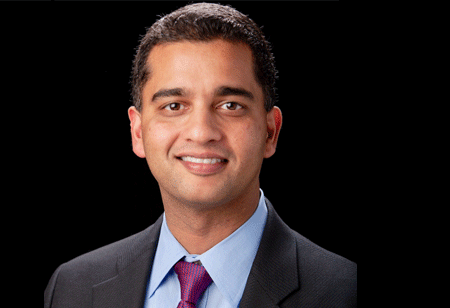
The Current Semiconductor Design Scenario in India


Suman Narayan, Senior VP - Semiconductor BU, Cyient
Semiconductor design is a niche and specialized skill set, and there continues to be a talent shortage in the industry. More companies will continue to do design work in India given the availability of good engineers in digital design and embedded systems. We believe that India will continue to lead in this area in the years to come in complex SOC design and embedded systems. With lower costs, Vietnam and Philippines will pose a competitive threat to companies who are simply in the resource augmentation business. To continue being competitive, Indian companies needs to transition from a pure resource augmentation play in semiconductors and move up the value chain to a solutions play.
How do you compare the Indian semiconductor industry with the markets in the West?
Over the last decade, India has made a transition in the digital semiconductor space. Changing from embedded software and IP development, to developing derivative SOCs and now to full-blown complex SOC IC development. Given the complexity of Fin FET based SOCs, the large staffing needs continue to cut across international boundaries. India continues to focus on its current strengths in IC design and development, embedded software, and supporting MNCs. Analog will continue to be a growth area in semiconductors, to power these SOCs.
To develop an indigenous semiconductor manufacturing ecosystem, there would be a need for government subsidies to develop manufacturing, packaging, test, and production capabilities. Companies established in the West leverage the East (Taiwan and China) for these capabilities.
Semiconductor design is a niche and specialized skill set, and there continues to be a talent shortage in the industry
Although electronics and hardware industry in India is expected to be around $130 billion (ASSOCHAM), the indigenous market for semiconductor consumption is not large as Printed Circuit boards are currently populated in China or Taiwan.
What are the latest technologies and trends emerging in the field of semiconductor?
New applications in IoT, cloud, and AI will continue to push the need for performance and power consumption. Technologies (FinFET) are fast moving to 7nm and FABs are starting to work on 5nm. Analog continues to morph to smart analog with the advent of simpler MCU’s integrated with Analog; GaN will continue to drive new efficiencies for Power applications and some major advances in packaging like the Intel’s 17- qubit superconducting test chip. Some of the emerging technologies that will have a high impact include:
IoT Edge: The growth of IoT Edge devices will continue to drive the need for smart devices that are more mixed signal in nature. Powering these rapidly growing IoT Connected cars/transportation will be major areas that will drive Edge analytics with ADAS-based systems in the short run and tie in with cloud analytics based on V2x.
Cloud Computing & Storage: We expect a push to support petabytes of data used by servers and storage devices. System chip architectures will continue to morph to keep the need for low latency search and indexing for databases and may include accelerators that are more hardwired to the end application.
Machine Learning (ML) & AI: Digital architectures in silicon are undergoing a phase of rapid evolution with the advent of neuromorphic microprocessors configured more like our brains than today’s von Neumann architectures. Intel, Nvidia, Qualcomm, and the likes continue to push the boundaries here.
Security: Hardware security continues to be a major point of concern in IoT devices and requires deeper, integrated silicon support to prevent unauthorized access.
We see a trend for custom ASICs, both digital and mixed signal from several non-semiconductor companies, which can now leverage Cyient’s end to end ASIC and embedded software services. The primary reason is to ASSP’s again is to finetune the performance for their end application also, the pricing has become more affordable for doing this today as compared to 15 years ago.